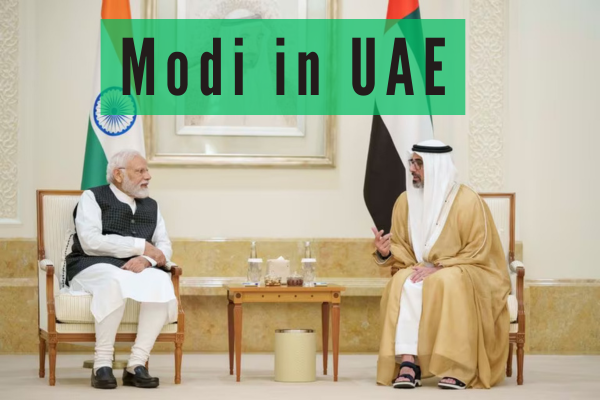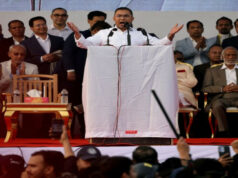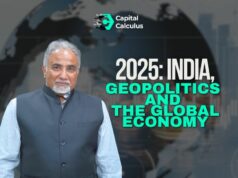India and the UAE have signed an intergovernmental framework agreement on the India Middle East Economic Europe Corridor (IMEC). It was the highlight of Prime Minister Modi’s visit to the UAE with other agreements also being signed including a bilateral investment treaty and a clutch of MoUs.
Recall the IMEC proposal was announced by US President Joe Biden on the last day of the Delhi G20 summit in September last year. It called for a trade corridor with goods being shipped from India to the UAE and from there by rail to Jordan and Israel with the final leg from there to Europe.
It appeared that the Gaza war had knocked the bottom out of the agreement, given the anger in the Arab street over Israel. But today’s agreement signalled the UAE’s commitment to this corridor. The UAE railway network is nearly ready with 1,200-km already laid and running.
This is Modi’s third visit to the Gulf emirate in the last eight months. He’s been a frequent visitor there since 2015 with no less than seven visits under his belt. A Comprehensive Economic Partnership Agreement (CEPA) came into force in 2022 which has seen trade go up from$73 billion in March that year to $84 billion in 2023, according to an analysis by CNBC-TV18.
But the bilateral trade deficit has also worsened with the UAE exporting more goods to India ($36.23 billion) than vice versa ($20.25 billion). This issue is expected to have been discussed during Modi’s visit although India’s ambassador Sanjay Sudhir was quoted as saying that the deficit is more the result of spiking oil prices. Trade sources Indian industries like pharma and gems and jewellery have benefited because of the CEPA. Introduction of the UPI payment system, which was formally inaugurated by Modi and his host Sheikh Mohamed bin Zayed al-Nahyan today, will lower costs for Indian exporters. Additionally, the UAE is committed to giving 1,40,000 visas to skilled Indian workers by 2030.
Tuesday is another big day with Modi to inaugurate the Swaminarayan Mandir, the UAE’s first Hindu temple.
Thirty eight years in journalism, widely travelled, history buff with a preference for Old Monk Rum. Current interest/focus spans China, Technology and Trade. Recent reads: Steven Colls Directorate S and Alexander Frater's Chasing the Monsoon. Netflix/Prime video junkie. Loves animal videos on Facebook. Reluctant tweeter.





